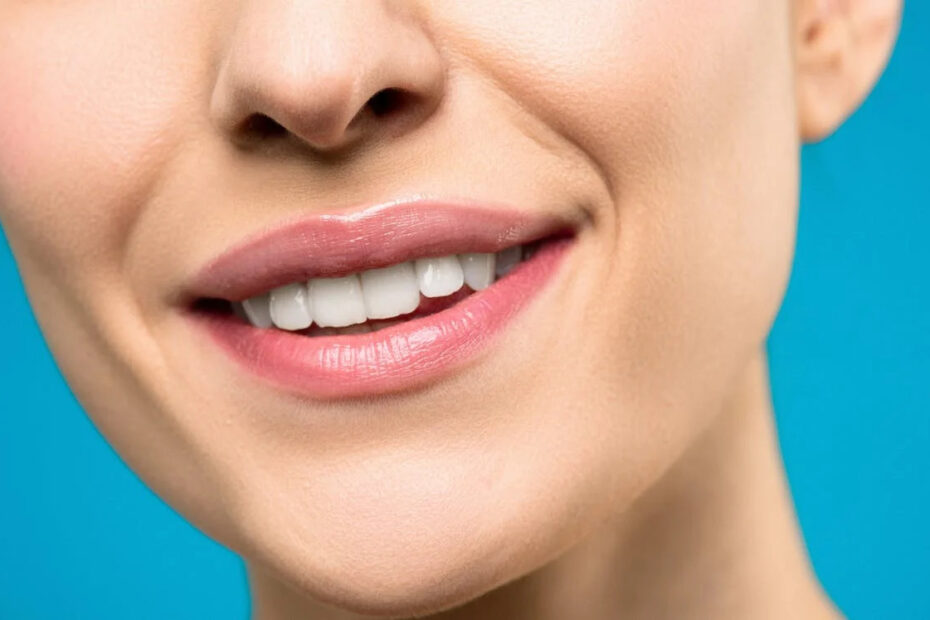Several studies have shown that routine dental care is linked to improved oral health. While brushing teeth twice and flossing once daily are essential to keep your teeth and gums in good shape, regular dental cleaning is also a requisite for good oral health. So, how many times a year should you get your teeth professionally cleaned, scaled, and polished? Continue reading to know the answer.
What Is Dental Cleaning?
Professional dental cleaning, also known as prophylaxis or a "prophy," is performed by a dental hygienist or dentist to remove plaque, tartar, and stains from teeth.
During a dental cleaning session, the dental professional uses specialized instruments to scrape away plaque and tartar from the teeth, particularly in hard-to-reach areas such as between the teeth and below the gum line. The cleaning may also involve polishing the teeth to remove surface stains and make them smoother. Dental cleanings are necessary to maintain oral hygiene and prevent tooth decay and gum disease.
How Often Do You Really Need A Dental Cleaning?
The American Dental Association recommends that adults get a dental cleaning at least once every six months, although the frequency may vary depending on an individual's dental health needs.
For example, if you have a history of gum disease, you may need to have your teeth cleaned more frequently to prevent further damage to gums and teeth. Similarly, the dentist may recommend more frequent cleanings to those with dental plaque or calculus build-up. On the other hand, if you have excellent oral hygiene and are at low risk for oral diseases, your dentist may recommend less frequent cleaning sessions.
Ultimately, the best frequency for dental cleanings should be determined by your dentist or dental hygienist based on your individual needs and risk factors. They can provide personalized recommendations for maintaining good oral health and preventing dental problems.
What Happens During A Dental Cleaning?
A dental cleaning procedure typically involves the following steps:
- Oral exam: The oral health professional will begin by examining your teeth and gums to identify any signs of decay, gum disease, or other issues.
- Plaque and tartar removal: The hygienist will use specialized tools to remove any plaque and tartar built up on your teeth and below your gumline. This process, known as scaling, is important to prevent tooth decay and gum disease.
- Tooth polishing: Next, the hygienist will use a special toothpaste and electric toothbrush to polish your teeth and remove any remaining surface stains.
- Flossing: After polishing, they will floss between your teeth to remove any remaining debris and ensure your teeth are thoroughly clean.
- Rinse: You will be asked to rinse your mouth with water or an antimicrobial mouthwash to help kill any remaining bacteria and freshen your breath.
- Fluoride treatment: Depending on your oral health needs, the dentist or hygienist may recommend a fluoride treatment to help strengthen your teeth and prevent tooth decay. This requires applying a fluoride gel or foam to your teeth for a few minutes. Overall, a dental cleaning helps maintain oral health by preventing caries, tooth decay, and gum disease.
Is Dental Cleaning Safe?
Dental cleaning is generally safe when performed by a licensed dental professional. However, like any medical procedure, one or more of the following risks are associated with dental cleaning.
- Soreness or discomfort in the gums or teeth after the cleaning
- Bleeding gums
- Sensitivity to hot or cold temperatures
- Damage to dental restorations, such as fillings or crowns
You should discuss any concerns you may have with your dentist before undergoing a dental cleaning. Your dentist can help you understand the procedure's risks and benefits and provide personalized advice to ensure that your dental cleaning is as safe and comfortable as possible.


